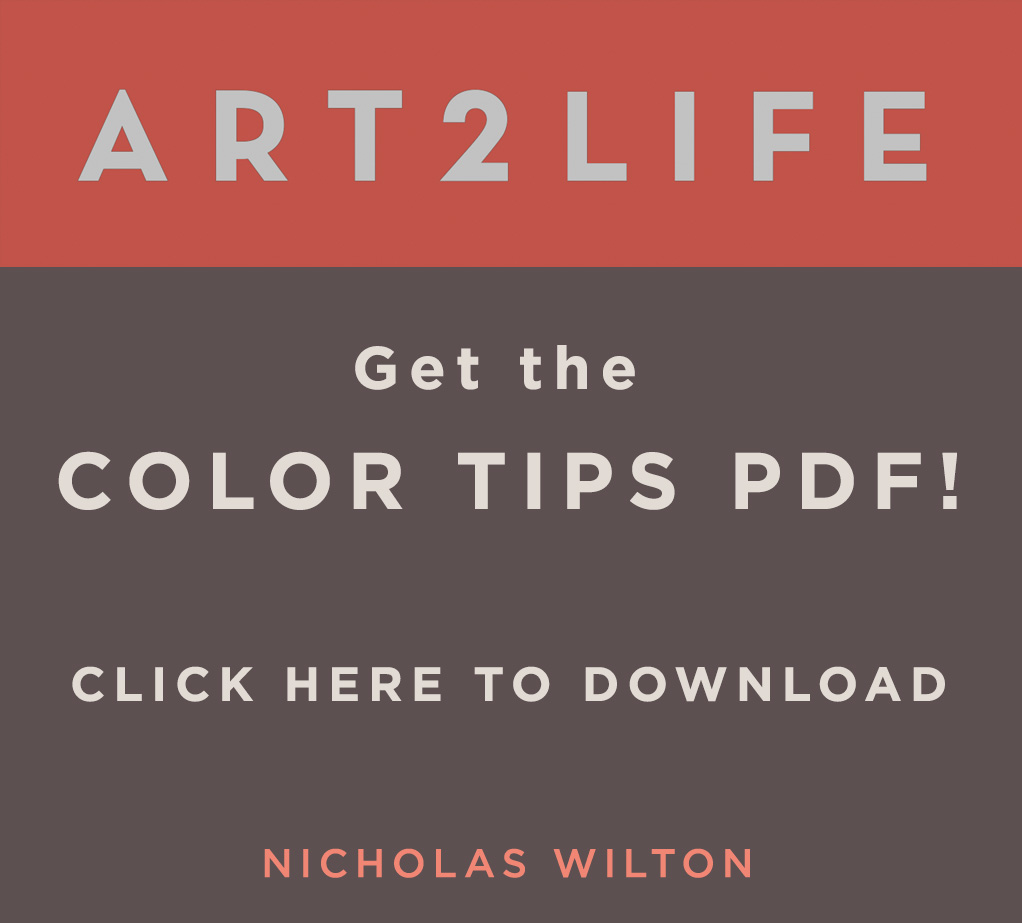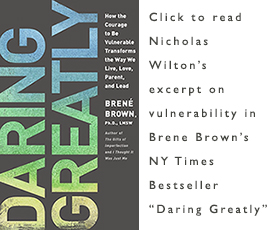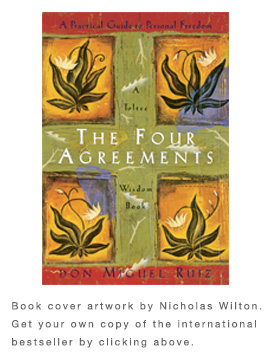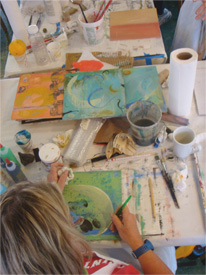Art is a reflection of who you are. This makes it both compelling and at the same time kind of nauseating. Although most people, and I am certainly in this camp, find the subject of themselves pretty interesting. If you ever don’t know what to say to someone, my Father always said, just ask them an earnest question about themselves and that problem will go away. Art IS an answer, although often pretty nuanced, to who we are or who we are becoming. This is interesting as a general rule to the artist. It also can be fascinating to others if the arc of created art piling up behind the artist is long enough and able to be seen.
But sometimes I just get a little sick of seeing the same old tendencies, the repetitive concerns and mistakes in my work. This is why it is so refreshing to look at other people’s work. It is SO far, far away from anything you would or could make. It is like taking a vacation from yourself.
When I look at my art I generally like it, however, not so long after I have made it I do tire of it. This probably is a good thing as it always keeps me wanting to start something new.
Interestingly, however, there are parts of my work that seem to hold my favor longer. Whole sections or passages that seem to be way more timeless and far more sophisticated. Parts that seemingly are able to hold more possibilities than others. I was thinking about this yesterday when I came across a dried up mud puddle on a hike I was on with my two daughters. I instantly recognized in the intricate pattern of cracking mud that similar quality of timelessness, sophistication and beauty that small parts of my paintings sometimes take on.
Nature expresses itself with tremendous intricacy and always with extroardinary variation. The sense of design and sensitivity of forms found in nature is astounding. The parts of my work that I like the best are those parts that show the Nature of the materials and how they respond to simple processes. Allowing gravity to react with paint that is so thin that it drips down the canvas in unexpected ways is an example of this. Or using sandpaper to wear away built up layers of paint so that the colors underneath are revealed.
When I let go of the control of myself and let nature take over I seem to get better results. Oddly when there is less of me in the process and more of nature it almost always turns out better. Why?
I am not entirely sure. I know that when I am working with nature it feels easier. Generally when it is easier it ends up looking easier. I have noticed that when work is less labored it appeals to more people and seems to hold up longer over time. Maybe the answer, in part, is simply that by letting the sophistication of nature into your work makes work, that is refreshingly a little less about yourself.




